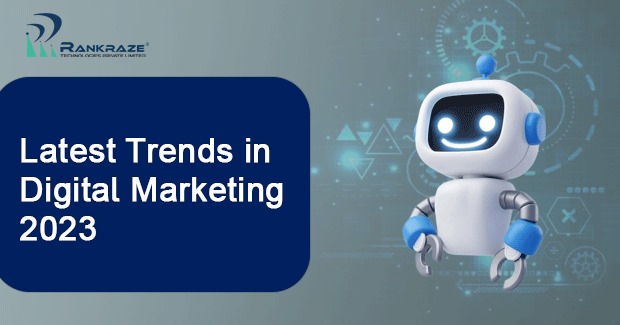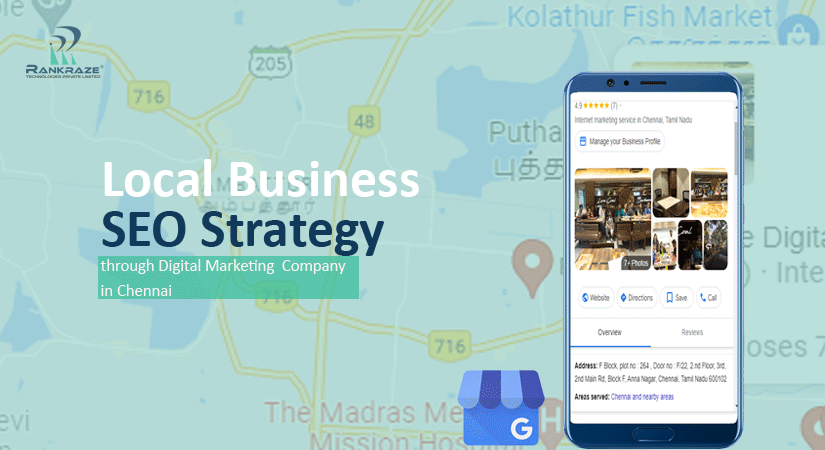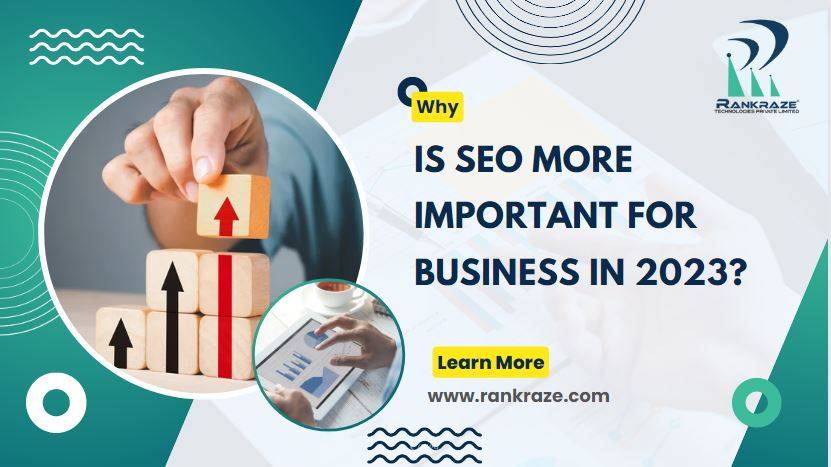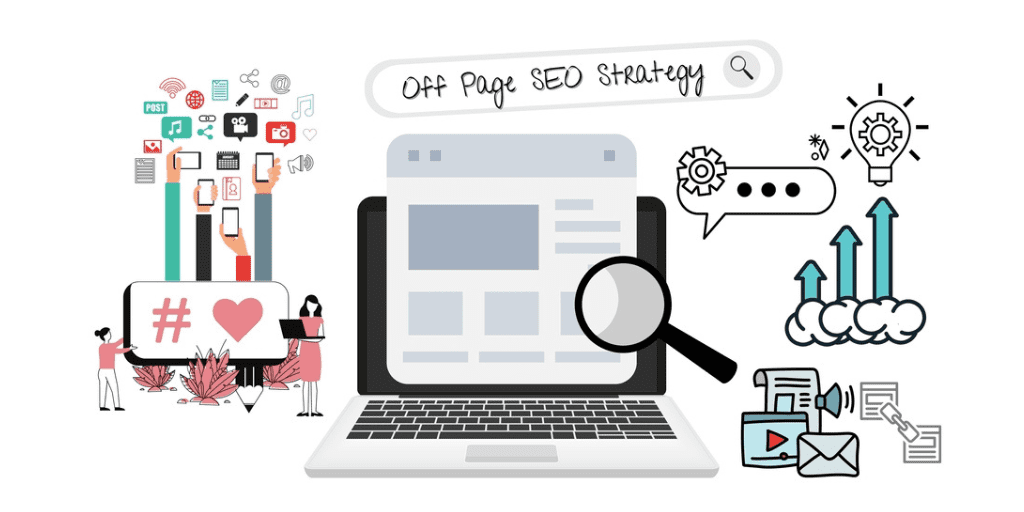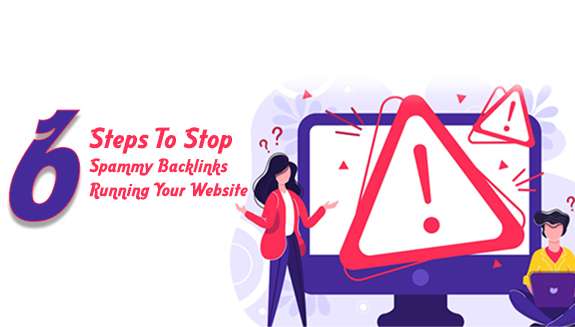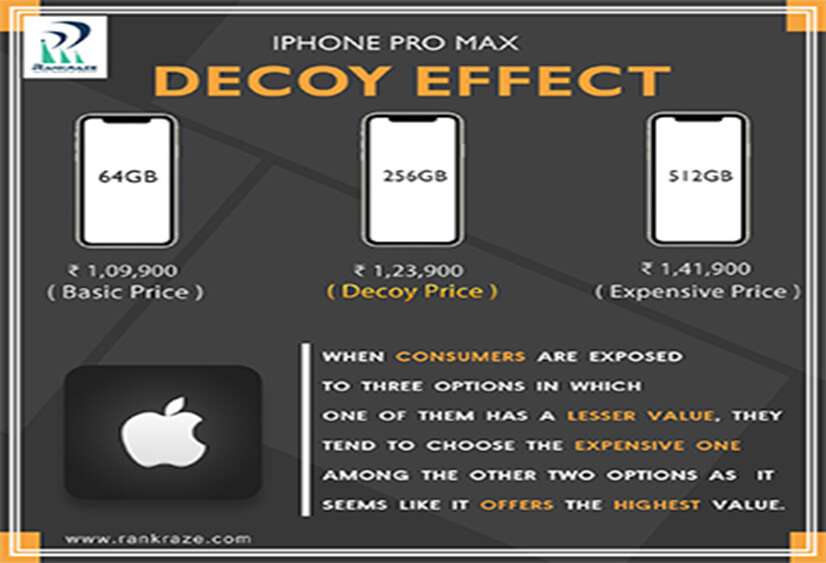As per Statista, eCommerce sales are anticipated to increase to $563.4 billion by 2025. This could also be much higher as the pandemic has seen a rapid increase in the eCommerce industry due to online shopping becoming one of the popular activities.
For this very reason, it is more important than ever to work harder to stand out from the crowd and to develop strong eCommerce marketing strategies for your business.
Finding ways to create brand awareness and make your eCommerce site stand out can feel like a challenging task. But the good news is there are various eCommerce marketing strategies that you can adopt to take your eCommerce brand in front of the right people, at the right time.
If you’re low on ideas, or just want a little inspiration, keep reading. We’ve got 10 significant eCommerce marketing strategies for you to try right now.
Best eCommerce Marketing Strategies for 2021 and Beyond
What are the secrets to help you achieve higher conversion rates? How can you bring more relevant customers to your site? Through this blog, we will understand how to increase online sales through the best digital marketing strategies. Let’s get started!
1. Social Media Marketing
Considering the fact that 4.55 Billion people use social media globally, chances are pretty high that you’ll be able to reach your target market with Facebook, Twitter, Instagram, or other social media sites.
Never ignore social media marketing when considering your eCommerce marketing strategies in 2021!
Social media can fuel user engagement, create brand awareness, cement your brand in people’s minds, and drive sales. Just ensure that your posts or promotions are visually appealing to the users.
2. Content Marketing
Content marketing is a process of creating high-quality, extremely valuable content and then distributing it to a wider audience. It can include website content, email, blogging, podcasts, videos, webinars, infographics, and more.
You need to create content based on Pareto’s 80/20 rule. This means your content should contain 80% informational content and 20% promotional content.
If you provide your audience with valuable or informative content, you will be able to create a meaningful relationship that will bring in more traffic to your business.
A strong content marketing strategy also involves developing content across three stages of the marketing funnel. A content marketing funnel helps in converting the leads into actual customers.
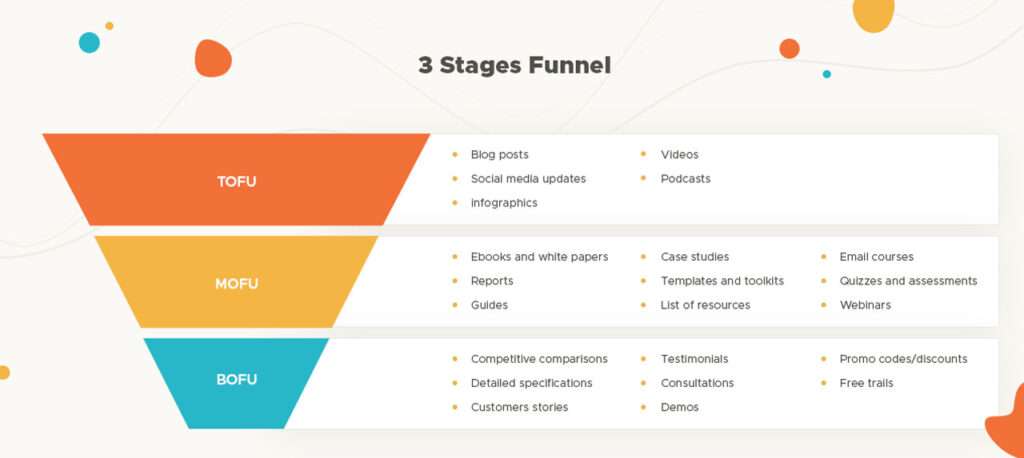
Image Source – https://www.superoffice.com/blog/email-marketing-strategy/
3. Search Engine Optimization
Do you know 44% of people start their online shopping journey with a Google search?
This is why it’s more important to get your brand in front of these online shoppers. But how do you do this? The answer is a comprehensive eCommerce SEO strategy.
SEO helps you get ranked for keywords and phrases that online shoppers use to find your product or service.
Here is a quick SEO checklist to ensure that your eCommerce business gets in front of the right audience and gets more leads and sales
- Ensure all product pages are indexed by Google.
- Have well-optimized site architecture
- Enhance page load time
- Align content with search intent
- Ensure the content is unique
- Implement structured data
- Ensure the site is mobile-friendly
- Sort out broken links
- Use alt text for images
If your email marketing campaigns are not optimized for mobile, it reduces your chances of converting subscribers into customers.
Imagine, you send an email to a subscriber who reads the emails on his/her mobile device, but the email is not optimized for that device and doesn’t look good, what do you think they do? Mostly, they will unsubscribe or delete it. Such a situation can make even the best email marketing campaign look worst.
Here are some quickemail marketing design tips that will help you create a mobile-friendly email:
- Create one-column mails
- Make important text bold centered
- Have a single, simple call-to-action button
- Use a bigger font size
- Have small, clear images
4. Retargeting
As per a recent report, 59.22% of online shopping carts get abandoned.
You might be confused why customers show interest in your products, add them to their cart, but then leave without completing the purchase. It can be due to various reasons like price, shipping cost, and others. While this is the case, retargeting is the best eCommerce marketing strategy to help your leads return to your site and complete the purchase.
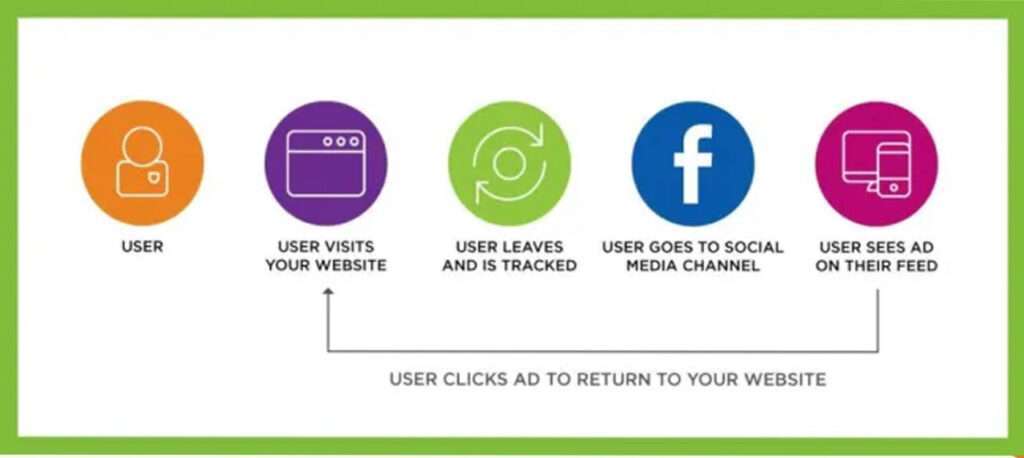
With the help of AI, you can understand what your customers’ interests are. Based on the finding, you can publish display ads on other platforms, like the Google Display Network, Facebook, LinkedIn, Instagram and Twitter. This helps you remind them of your brand or product and brings them back to your site.
5. PPC Campaigns
If you’re willing to spend to gain brand awareness, this ecommerce marketing strategy might be the right fit for you.
Pay-per-click (PPC) is a form of paid advertising where you pay an ad network when someone clicks on your ad.
Mainly, there are three types of PPC ads – display or banner ads, product listing ads, Google’s Shopping ads.

Alt Text – Example of Google Shopping Ads
Similarly, there are three basic elements to any pay-per-click eCommerce marketing campaign: the ad, the offer, and the landing page. All three elements must go in harmony to make a PPC campaign more successful.
To nail this eCommerce marketing strategy, you’ll need to:
- Research and use the best keywords
- Run relevant PPC campaigns that’ll help reduce the cost per click
- Ensure that the ad copy is alluring that makes the visitors click on the ad
6. Leverage AI
With the advancement in AI, one way to boost online sales is to use the technology as one of your eCommerce marketing strategies.
AI can help you predict customer behavior based on their past purchases, page visits, and other data. AI also helps in tracing metrics like bounce rate, engagement rate, and conversion rates to gain valuable insights regarding your eCommerce marketing strategies.
Getting such data will help you provide more targeted ads and product recommendations so that customers keep coming back to your site for future purchases.
7. Automate with Chatbots
Customers today especially Millennials and Gen Z want quick answers to all their queries. But they don’t want to waste time sending an email or a text and waiting for a reply.
Customer experience is becoming a hot topic right now. If you need to differentiate yourself from other brands you need to exceed your customers’ expectations.
Having an automated chatbot on your site can be one of the most effective eCommerce marketing strategies to provide instant customer service. Automated chatbots can offer instant answers to all your customer queries.
This can enhance the entire shopping experience of your customers allowing them to complete their purchases.
The Bottom Line
Think of the above strategies as eCommerce marketing best practices.
Which eCommerce marketing strategies will you deploy? Actually, the right mix of eCommerce marketing strategies can improve your attract sustainable business that will continue growing over time. It’s just that you need to combine the strategies in a way that makes sense for your business model.
If you’re confused about picking the right strategies for your eCommerce business, contact Rankraze. Our team of digital marketing experts can help you design and implement a custom plan for marketing your eCommerce business.








